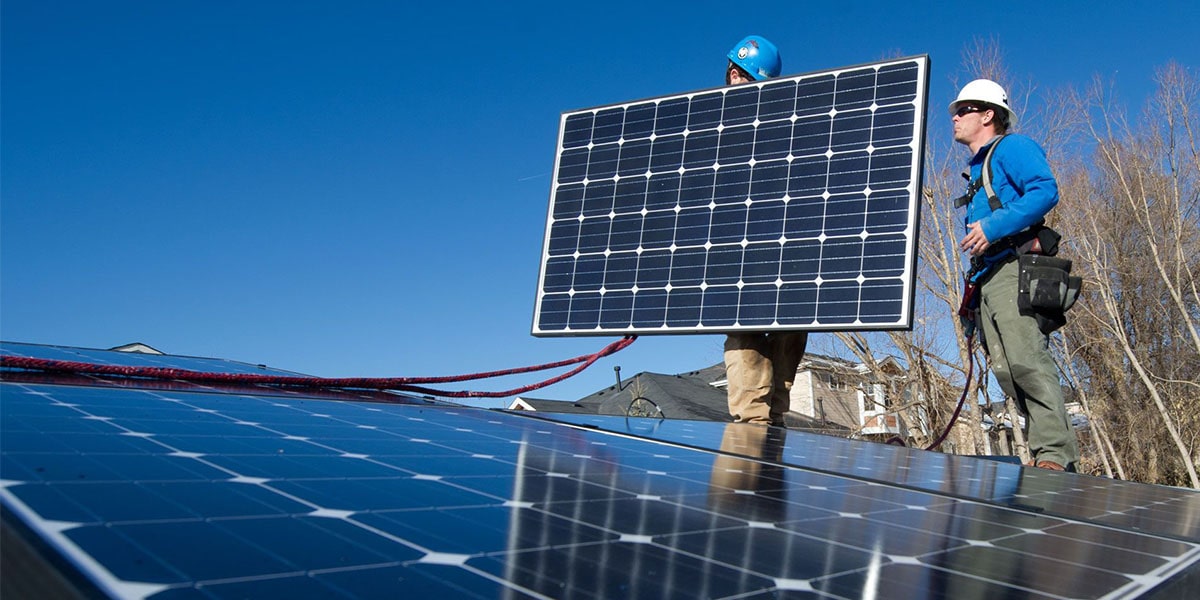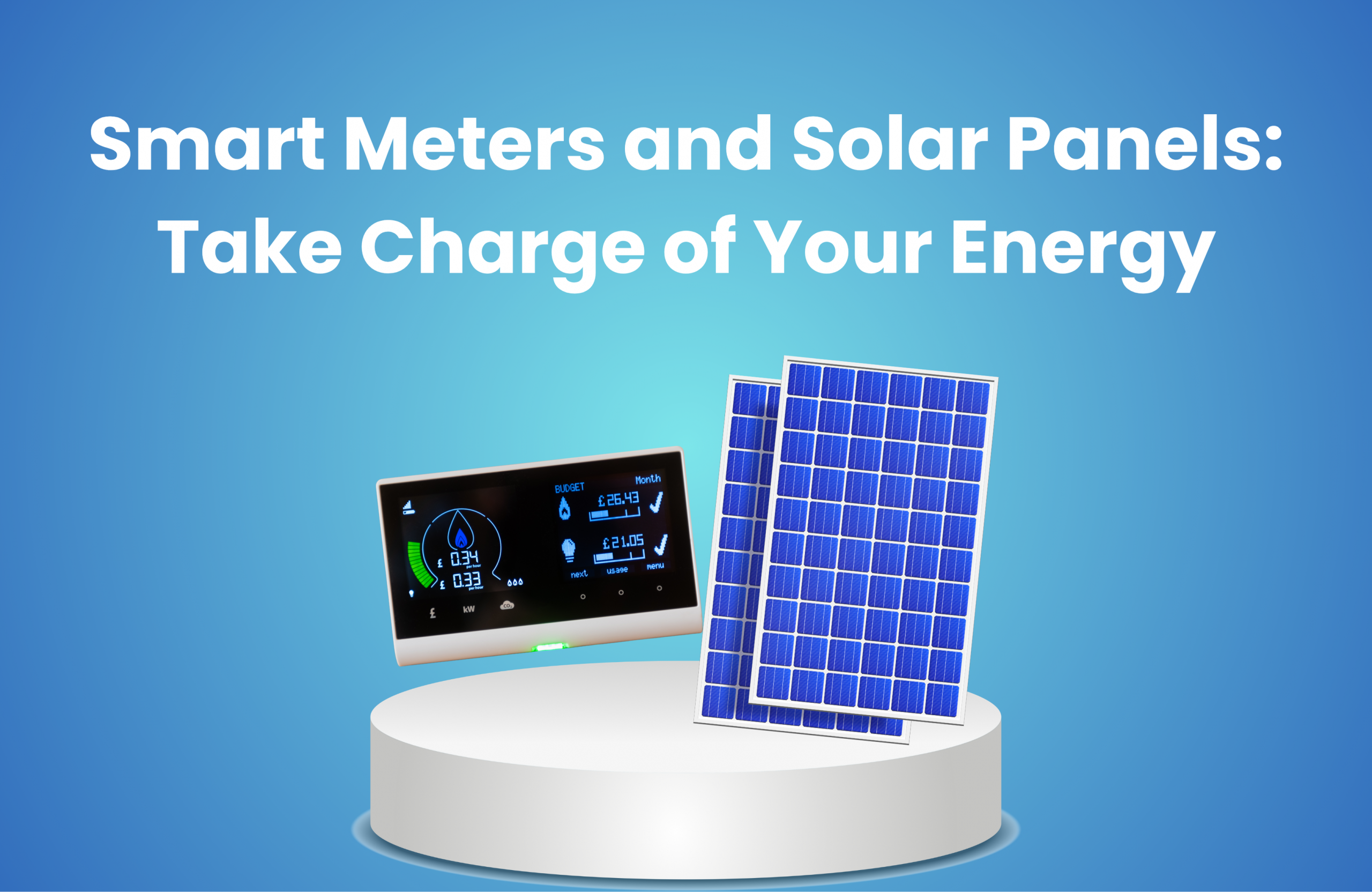Have you ever opened your energy bill and felt an electric shock? If yes, you’re not the only one in the country. Energy prices keep climbing in every area, and it often feels like no matter what you do, your bills just won’t stop rising. That’s where smart meters and solar panels come in. Each is handy on its own, but together, they can change the way you use, save, and even make money from your energy.
Seeing Where Your Energy Goes
Smart meters are brilliant for seeing exactly what your home is using. They show your electricity and gas consumption in real time, so no more guessing or paying for energy you didn’t use. You’ll notice patterns in your usage like how the kettle, washing machine, or even leaving lights on overnight adds up.
The meter also sends readings straight to your energy supplier. That means your bills are based on what you actually use, not an estimate. For many people, that’s a huge relief.
Solar Panels are More Than Just Savings
Solar Panels aren’t just about lowering bills, they’re about being a bit more independent and doing your bit for the planet. Producing your own electricity means you rely less on the grid. If your panels make more electricity than you need, that extra energy doesn’t go to waste. Thanks to the Smart Export Guarantee (SEG), you can earn money by sending it back to the National Grid. It’s like your roof is paying you for doing a good job.
Do They Work Together?
You might wonder if smart meters and solar panels play nicely together. They do. In fact, they complement each other perfectly. A smart meter tracks both the energy you use and the energy you export. Sometimes, if your panels are generating a lot of energy, you might see a “reverse energy detected” message. Don’t worry, that’s just your panels sending extra energy back to the grid.
Getting Paid for Extra Energy
The SEG started in 2020 and lets households earn for energy exported to the grid. How much you get paid depends on your supplier and the amount you export, usually between 2–5p per kWh.
You used to need a separate export meter, which was fiddly. Smart meters handle this automatically, keeping track of every kilowatt-hour you send back. If your panels are working hard, it can even help pay off part of your system over time.
Different Types of Smart Meters
Not all Smart Meters are the same. There are two main types: SMETS-1 and SMETS-2. SMETS-1: Older meters use 3G and may not work with all SEG tariffs. SMETS-2: Newer, simpler, uses the DCC network, and is fully compatible with SEGCheck your meter’s serial number: 19P is SMETS-1, and 19M is SMETS-2. If yours is old, upgrading is usually worth it to avoid problems and make the most of your solar panels.
How Smart Meters Make Solar Affordable
The upfront cost of solar can feel scary. Systems usually cost a few thousand pounds. One way to make it easier is to join a group-buying scheme. Basically, you team up with other homeowners, installers give you a better price, and you get trusted suppliers. Some schemes even offer battery storage, EV chargers, or insurance-backed guarantees.
Paired with a smart meter, you can track exactly what you’re using and earning. Over time, it adds up.Get more info from Smart Meters and Solar Panels: A Powerful Combination – 2023

A Day With Solar Power
Picture this: You wake up to a sunny morning. Your kettle boils using electricity your panels generated that very morning. Your smart meter shows exactly how much you’ve used and how much is being exported. By lunchtime, your home has produced more energy than it’s used so far.
By evening, your meter has sent the readings to your supplier automatically. You only pay for what you use, and the energy you exported adds a little credit to your account. It feels good knowing your energy is working for you.
How Small Changes like adding Smart meters make a Difference
Going solar isn’t just about installing panels. It’s about small steps: start with a smart meter to understand your usage, then see how much solar energy you could generate. Check government schemes like SEG to see what you could earn.
Even little changesswitching off unused devices, adjusting heating, checking usagecan save hundreds per year. Combine that with solar, and your energy is working for you, not against you.
Final Thoughts
Smart meters and solar panels aren’t just gadgets; they give you control, savings, and a way to earn from your own energy.
With some planning, the right installation, and a bit of monitoring, your home can be efficient, independent, and greener. You’re not just reducing bills, you’re taking control.
If you’ve been thinking about solar, now’s the time. Add a smart meter, make the most of government schemes, and take the first step to a smarter, greener home.




